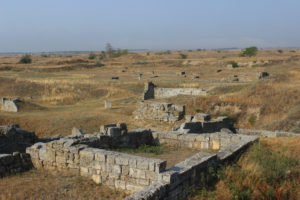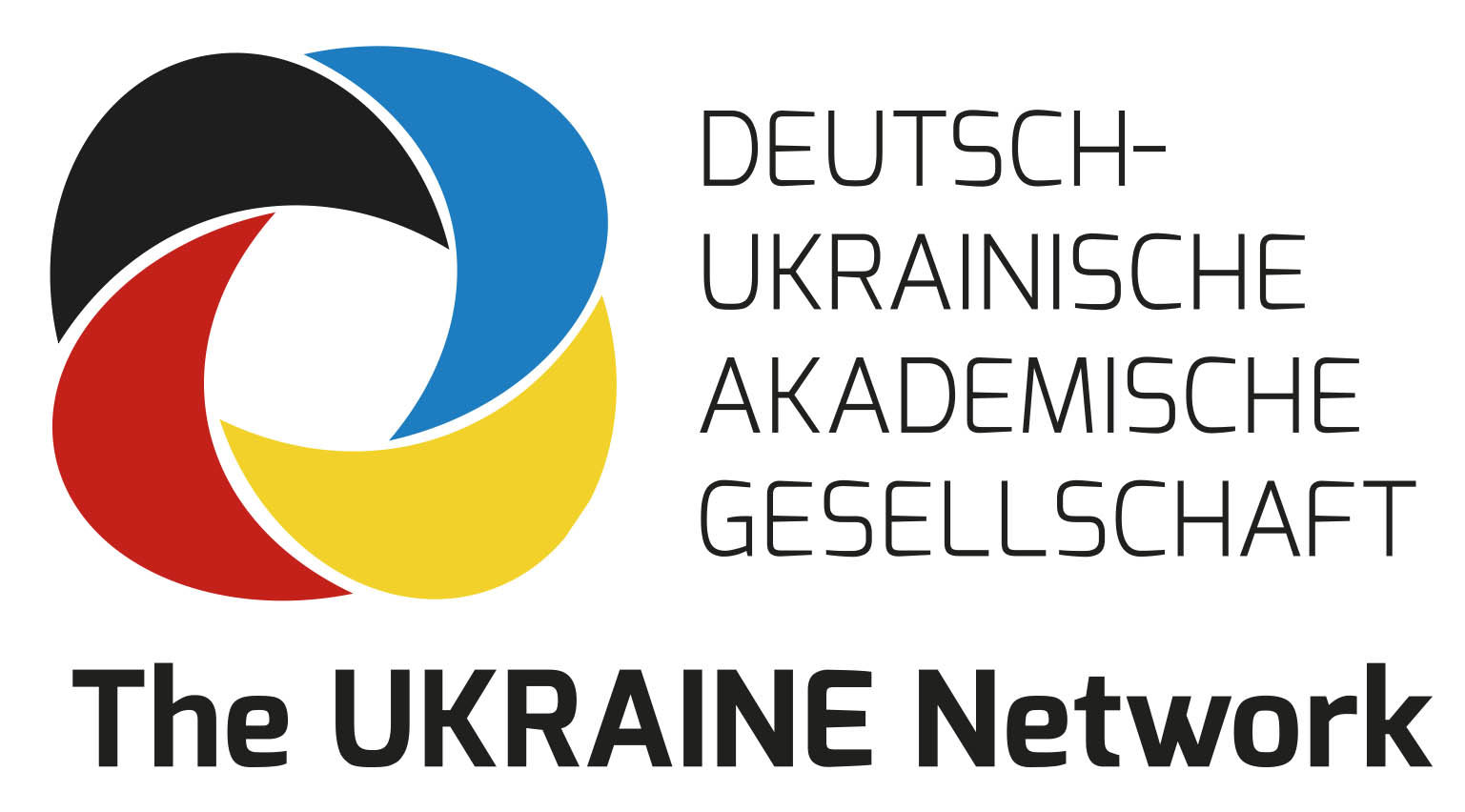
Since August 2014, in a framework of a very successful German-Ukrainian cooperation (led by Prof. Jochen Fornasier and Dr Alla Buyskikh) between the Institute for Archaeological Sciences of the Goethe University Frankfurt/Main and the Institute for Archaeology of the National Academy of Sciences of the Ukraine in Kyiv, joint investigations are carried out in the suburb of the ancient Greek colony of Olbia (modern Mykolajvs’ka oblast’).
By Prof. Jochen Fornasier, Goethe-Universität Frankfurt am Main.
Our international research project is funded by the German Research Foundation (DFG), with pilot studies being supported by the Fritz Thyssen Foundation (Cologne, Germany), for which we are very grateful to both institutions.
The project pursues an interdisciplinary approach: for the first-time archaeological field work is supported and complemented by geophysical investigations. Furthermore, researchers are able to improve typological and stylistic comparisons of ancient pottery by using archaeometric analyses. Finally, also archaeobotanical analyses commenced in 2017, which will allow to reconstruct the daily life and diet of the ancient city’s inhabitants. In short, by using modern diagnostic methods German and Ukrainian scientists are investigating Olbia’s suburb and thus part of the city’s history from the 6th – 4th century BCE.
The area of excavation is located west of the central part of the Olbian city. Nothing was known about the suburb until the late Ukrainian archaeologist Julia Kozub quite unexpectedly discovered some remains of settlement in 1964. Initially searching for a Roman necropolis, in the strata of the 5th century BCE she discovered large pits, partly or completely deepened in the ground, representing clear settlement structures. These so-called dugouts or semi-dugouts are a characteristic phenomenon for the Northwestern Pontus region for the early period of Greek colonization. Based on Kozub’s results, geophysical surveys in the Olbian suburb could be carried out for the first time in August 2014, with the aim to find the best-suited area for our new excavation project. Using this method, the ground can be scanned quickly and non-destructively for interesting structures relating to the matter in question. Subsequently, an international team of scientists and students from Kyiv, Charkiv and Frankfurt began with the actual on-site field work in July 2015.
Already in the first three years of geophysical surveys and archaeological excavations important results were achieved and numerous questions about the genesis, structure and architectural characteristics of the suburb could be answered. Significant results were also obtained regarding the size of the suburb, which had so far been unknown. According to the new geophysical measurements, a wall-and-ditch system could be traced over 450 m. So, for the first time in Olbia’s research history, archaeologists could measure the size of the suburb, which matches the city proper in terms of dimensions. According to our current state of knowledge, the fortification was built in the 5th century BCE.
Thanks to the generous support from the DFG, we are now starting a new three-year research project in April 2018 focused on the topic of the development, production and use of money and coins in Olbia from the archaic to the early Hellenistic period. Together with our Ukrainian colleagues, we are pursuing a novel interdisciplinary research approach that combines archaeology, numismatics and metallurgy. Specifically, the study is conceived as a PhD dissertation project, which provides an ideal environment and network for research and training.
Finally, this partnership is a true collaboration activity, taking particular care that all activities are performed jointly by the participants from both countries. Working together, exchanging experiences, getting to know better the homeland of the other party through personal talks and organizing symposia at the end of each summer campaign – in addition to rather remarkable scientific results, these are very important aspects of international cooperation that contribute to better preparing young scientists for future joint projects.
More about the cooperation (in German): Deutsch-ukrainisches Forschungsprojekt: Antike Stadtentwicklung an der Grenze der griechischen Oikumene. Archäologische Untersuchungen im Vorstadtareal Olbia Pontikes
Prof. Fornasier presented this cooperation at his lecture within the series “Science First Hand” on June 7, 2018 in Berlin, Germany.

2 thoughts on “Digging the Past – Shaping the Future: German-Ukrainian Excavation Project in the Ancient Greek Colony of Olbia Pontike”
Comments are closed.